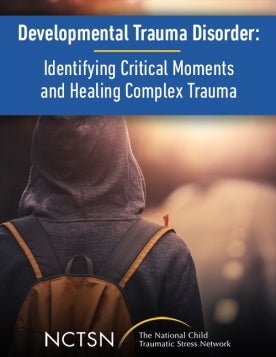
A Young Black Man’s Dilemmas: Loss, Loyalty, and Family Relationships
Features 17-year-old Terrell, who is in his fourth therapy session—a teletherapy meeting with Dr. Wizdom Powell.
The following resources on child trauma were developed by the NCTSN. To find a specific topic or resource, enter keywords in the search box, or filter by resource type, trauma type, language, or audience.

Features 17-year-old Terrell, who is in his fourth therapy session—a teletherapy meeting with Dr. Wizdom Powell.

Provides clinicians with the foundational knowledge to adapt their practices and provide trauma-informed care to children with IDD.
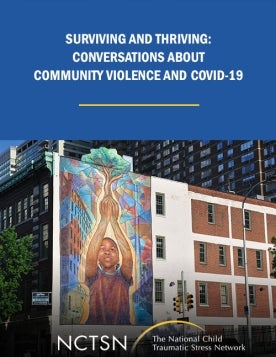
Provides perspectives on the institutional responses to the links between community violence and COVID-19 including law enforcement, juvenile justice, national disaster, and mental health systems.

Looks at community violence, an ongoing crisis in society as many youth and families feel the destructive repercussions of peer conflicts, gun and other weapon attacks, gang fights, and public violence incidents.
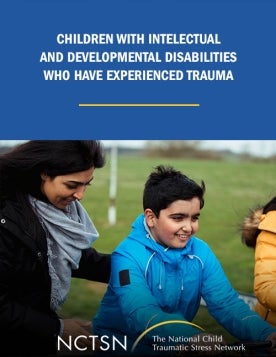
Addresses basic issues in trauma-informed care for children with IDD.

Features Sarah Gardner, MSW, Director of Clinical Services at the Center for Child and Family Traumatic Stress at Kennedy Krieger Institute and a funded member of Family Informed Trauma Treatment (FITT) Center at the University of Maryland.
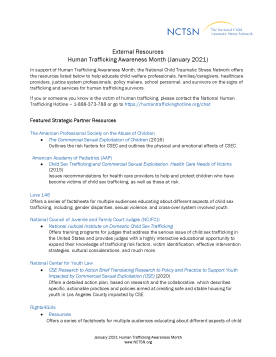
Provides external resources related to National Slavery and Human Trafficking Awareness Month.
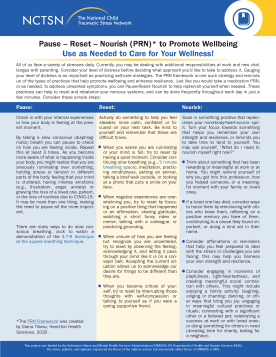
Provides information about the specific self-care strategy of Pause-Reset-Nourish, or PRN.
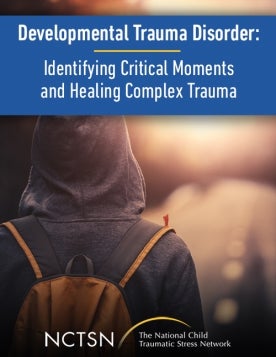
Features James, a 16-year-old African American youth who has been living with his maternal uncle, Patrick, since he and his two younger sisters were removed from their biological parents three years ago when James reported to a teacher that his father physically abused him.

Offers guidance to parents and caregivers on deciding whether or not a child should return to their home or neighborhood after it was damaged in a wildfire.

Introduces Fareed Rogers, a 17-year-old patient at a psychiatric hospital, who has a history of violent behavior. Dr.
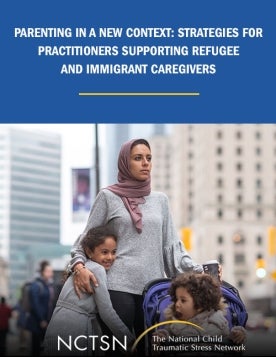
Discusses how practitioners can enhance their skills and raise their standard of care to refugee and immigrant caregivers and families who are adjusting to a new culture and may have experienced potentially traumatic events.